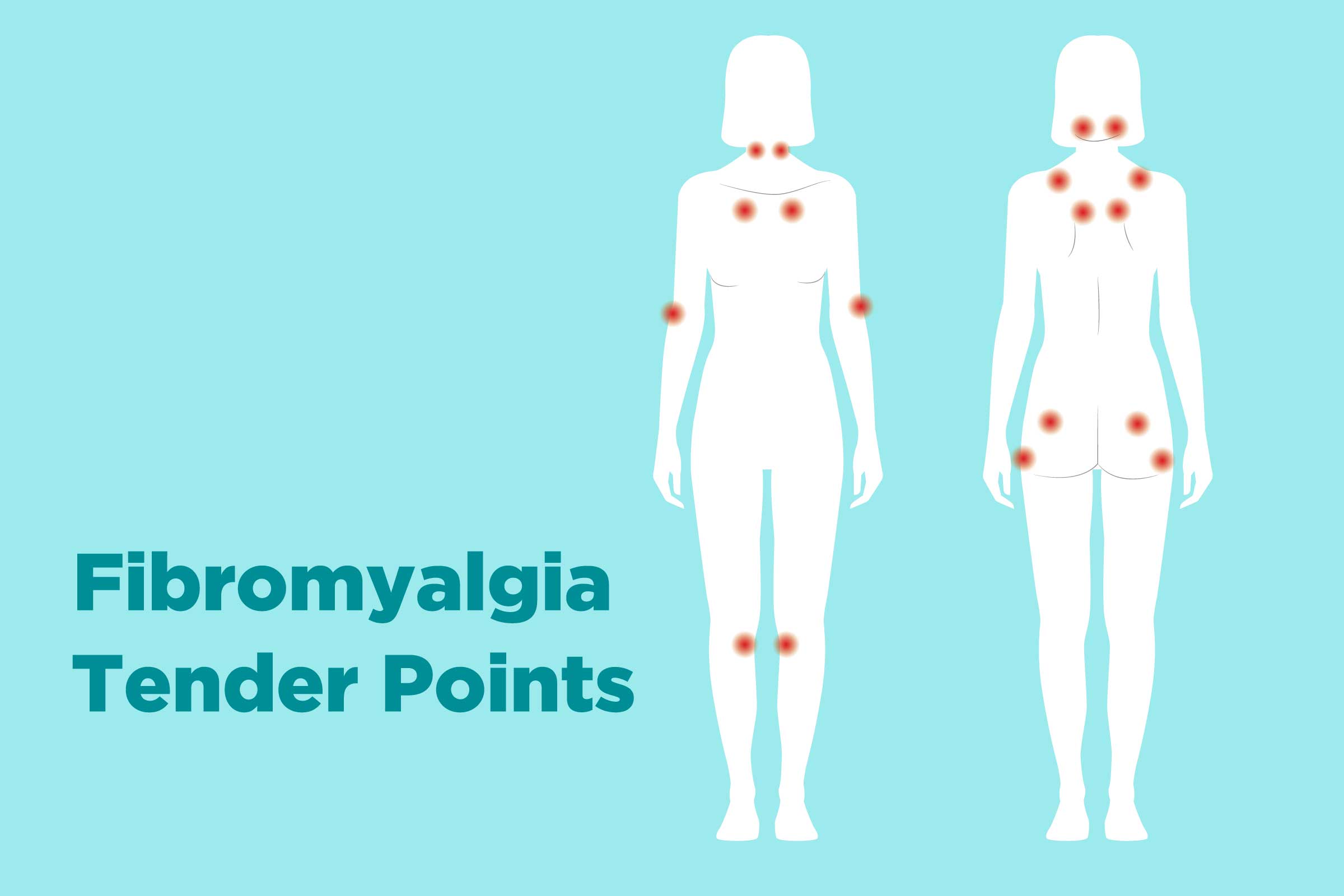Invisalign: What You Need to Know
Invisalign is a clear aligner system that is used to straighten teeth. It is a popular alternative to traditional metal braces. Invisalign aligners are made of a thin, clear plastic that is virtually invisible when worn. They are custom-made to fit your teeth and are changed every 1-2 weeks as your teeth move.

How does Invisalign work?
Invisalign works by applying gentle pressure to your teeth, which causes them to move gradually into the desired position. The aligners are changed every 1-2 weeks to keep up with the movement of your teeth.
What are the benefits of Invisalign?
Invisalign offers a number of benefits over traditional metal braces, including:
- Clear aligners: Invisalign aligners are virtually invisible when worn, so they are a good option for people who are self-conscious about their appearance.
- Removable aligners: Invisalign aligners can be removed for eating, drinking, brushing, and flossing. This makes it easier to maintain good oral hygiene during treatment.
- Comfortable: Invisalign aligners are made of a smooth, comfortable material. They are also trimmed to fit your gum line, so they are less likely to irritate your mouth.
- Shorter treatment time: Invisalign treatment can often be completed in less time than traditional metal braces.
What are the risks of Invisalign?
Invisalign is a generally safe and effective treatment, but there are some risks, including:
- Tooth sensitivity: Some people experience tooth sensitivity during Invisalign treatment. This can usually be managed by using a desensitizing toothpaste or by taking over-the-counter pain medication.
- IPR (interproximal reduction): In some cases, it may be necessary to remove a small amount of enamel from between your teeth to make room for them to move. This is called IPR and it is a permanent procedure.
- Attachments: Small, tooth-colored attachments may be bonded to your teeth to help the aligners grip your teeth and move them into the desired position. These attachments are usually not noticeable, but they can be difficult to remove.
- Relapse: If you do not wear your aligners as directed, your teeth may not move as planned and you may experience relapse.
Is Invisalign right for me?
If you are considering Invisalign, talk to your dentist or orthodontist to see if it is right for you. They will be able to assess your individual needs and determine if Invisalign is a good option for you.





